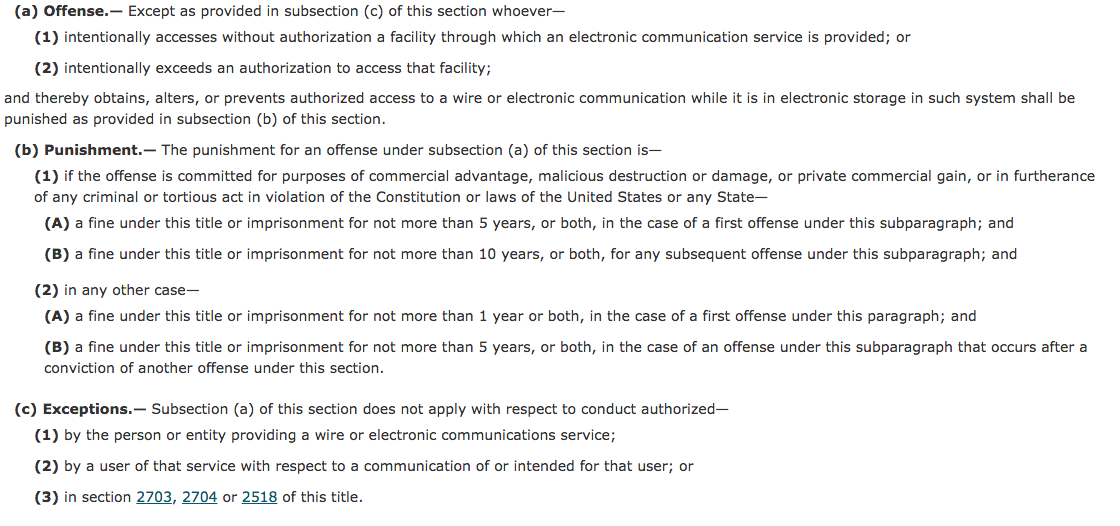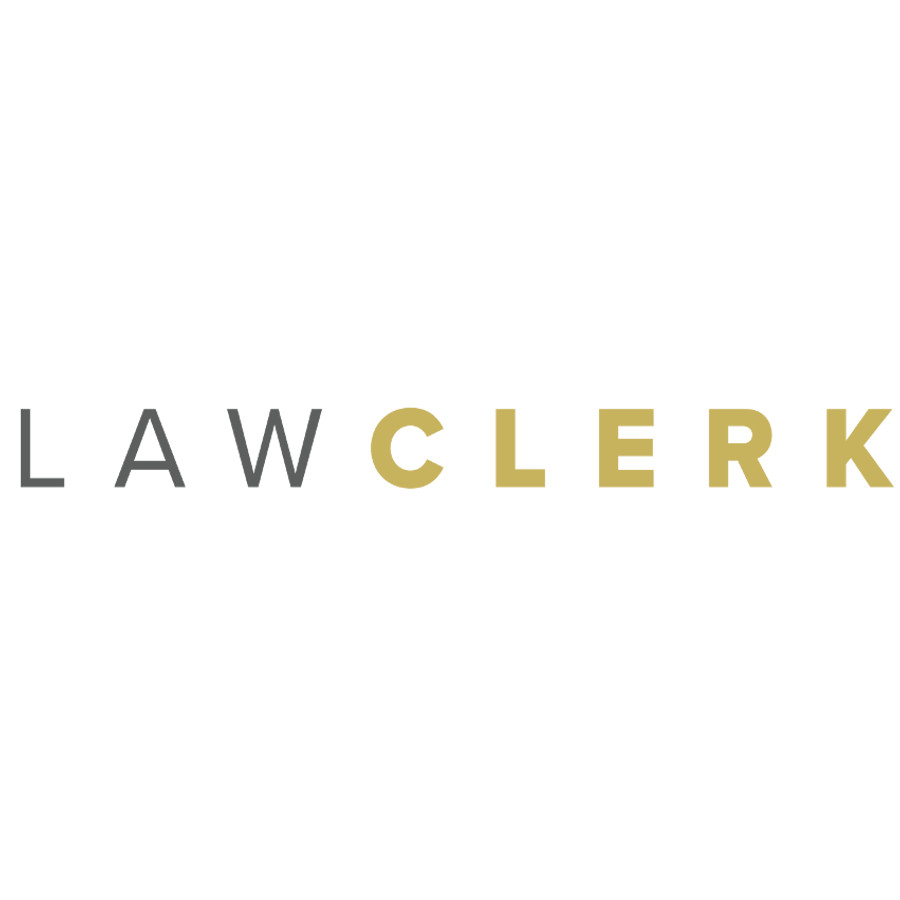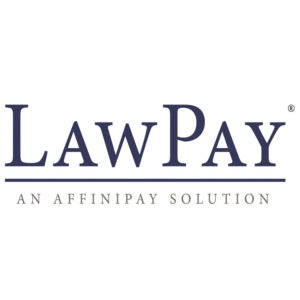I initially wrote about how to subpoena various social media sites back in 2011. Seeing as it has been a few years I thought it was time to provide an update.
It’s worth noting that almost every site you attempt to subpoena will throw up the Stored Communication’s Act, (18 U.S.C. §2701) as a defense:
That is, they’ll all claim that it prevents them from “disclosing the contents of an account to any non-governmental entity pursuant to a subpoena or court order.” (EFF has a good overview of the law here). Which stands now, but I wonder how long it will really last. With so much information that could be highly relevant to a wide variety of civil cases now being stored in social media accounts, people are continually attempting to challenge the law (more below).
When it comes to email, courts have been disinclined to enforce civil subpoenas against these companies. See In re Subpoena Duces Tecum to AOL, LLC, 550 F. Supp. 2d 606 (E.D. Va. 2008) where the court held that there is no civil subpoena exception to the Electronic Communications Privacy Act (“ECPA”) or the Stored Communications Act (“SCA”) that permit the disclosure of the content of communications:
Here there is no pertinent ambiguity in the language of the statute. It clearly prohibits any disclosure of stored e-mail, other than as authorized by enumerated exceptions. Apple would apparently have us declare an implicit exception for civil discovery subpoenas. But by enacting a number of quite particular exceptions to the rule of non-disclosure, Congress demonstrated that it knew quite well how to make exceptions to that rule. O’Grady v. Superior Court, 139 Cal. App. 4th 1423 (2006).
Courts have ruled that email services fall under the category of ECS (see below). But results are mixed when it comes to social media postings (Facebook wall posts, tweets, shared photos, etc).
ECS v. RCS
Much of it comes down to how something is classified. First up is ECS. An electronic communication service (“ECS”) is “any service which provides to users thereof the ability to send or receive wire or electronic communications.” 18 USC § 2510(15). The other category is RCS. The term “remote computing service” (“RCS”) is defined by 18 U.S.C. § 2711(2) as “the provision to the public of computer storage or processing services by means of an electronic communications system.” But, there is no clear ruling on how courts classify social media sites into one category or the other.
The most in-depth analysis to-date is found in Crispin v. Christian Audigier, Inc., 717 F.Supp.2d 965 (2010), wherein the defendant served subpoenas on numerous social media services and the plaintiff moved to quash, claiming protection under the ECPA. The judge held that social media services operate as both ECS and ECS providers:
After presenting background on the SCA, Judge Morrow addressed the primary issue of whether the subpoenas should be quashed under the SCA. Recognizing that no court “appears to have addressed whether social-networking sites fall within the ambit of the [SCA],” the court took a two-step approach. First, the court determined whether Media Temple, Facebook, and MySpace qualified as ECS providers under existing case law. Second, the court asked whether the specific content on these services met the definition of “electronic communications.” Ultimately, it concluded that the services operate as ECS and RCS providers at different times, depending on the content at issue. Harvard Journal of Law & Technology, 24 Harv. J.L. & Tech. 563, Spring, 2011.
For private messages (Facebook private messages, DMs on Twitter, etc) on social media services, the court really focused on storage:
As respects messages that have not yet been opened, those entities [Facebook, MySpace,etc.] operate as ECS providers and the messages are in electronic storage because they fall within the definition of “temporary, intermediate storage” under § 2510(17)(A). As respects messages that have been opened and retained by Crispin, under the reasoning of Weaver and Flagg, and the dicta in Theofel, the three entities operate as RCS providers providing storage services under § 2702(a)(2). [See United States v. Weaver, 636 F. Supp. 2d 769, 770 (C.D. Ill. 2009), Flagg v. City of Detroit, 252 F.R.D. 346, 349 (E.D. Mich. 2008), & Theofel v. Farey-Jones, 359 F.3d 1066, 1070 (9th Cir. 2004).]
Regardless of whether Facebook and MySpace are ECS or RCS providers, the Crispin court cautioned that “a completely public BBS does not merit protection under the SCA.” In order to be protected from disclosure, therefore, Facebook Wall posts and MySpace Comments must not be “completely public.” Judge Morrow distinguished Facebook and MySpace from “completely public” BBS by noting that the users of both websites can limit public access via privacy settings. Harvard Journal of Law & Technology, 24 Harv. J.L. & Tech. 563, Spring, 2011.
- Avoid seeking private messages. Only seek out quasi-public messages/postings. That is anything that is available on a user’s timeline/wall/feed, accessible to either to the public or large groups of people (friends of friends, etc.)
- Narrowly focus your request as per the FRCP – “reasonably calculated to lead to the discovery of admissible evidence.” Fed. R. Civ. P. 26(b)(1). Time-constrain your request as is relevant to the suit at hand.
- Below is a list of resources to get you started issuing a subpoena to social media services.
Resources
- Facebook’s subpoena/law enforcement page.
- Here is an overview of the process from a lawyer that has done it before. Expect it to be a hassle and don’t expect much help from Facebook.
Google/YouTube
Amazon
- Not exactly a social media service, but here’s my guide on how to subpoena Amazon. Though give Amazon time before they have their own social media service. It’s coming. Regardless, I’ve run the gauntlet on this one. Tedious.
Tumblr
Snapchat
- WhatsApp doesn’t provide a guide and instead buries their subpoena information in their Terms of Service. See paragraph 2 under “When WhatsApp Discloses Information.”
- Pinterest’s subpoena/law enforcement page.
- Transparency reports. Lists subpoena requests they have received, protective orders, etc.
[divider]
Sources
- ECPA Definitions
- Info. Security & Privacy: A Guide to Fed & State Law & Compliance, Westlaw. © 2014 Thomson Reuters.
- Harvard Journal of Law & Technology, 24 Harv. J.L. & Tech. 563, Spring, 2011















